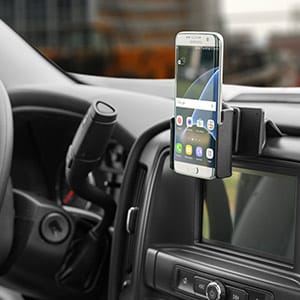
If you do not want to spend a lot of money, doing your own oil changes is a good idea. That said, you should still maintain a decent temperature before getting down to business. Your engine’s resting state can affect how well it’s oiled—and you might experience safety issues if you are not careful.
Running Your Engine During an Oil Change
It’s possible to speed up the oil change by cranking your engine on. If the engine is old, fire it up. Then, let it run for about two to three minutes. In doing so, you’ll help its oil flow freely. You’ll also avoid heating it up to the point where you might be burned. Be careful, however, if your vehicle has been driven recently. If it has been, let it sit for between 20 and 30 minutes before draining the oil.
Staying Safe During an Oil Change
In general, about two-thirds of your engine’s oil will drain easier if the engine, itself, is hot. You should avoid dripping mud water, however, because a hot engine can easily turn this into scalding water. If you’re worried about safety, you can always play it safe—draining the engine’s oil while it’s cold. If you do this, however, you might encounter viscous oil, which does not drain as quickly.
To stay safe during a warm oil change, remove the drain plug before firing up the engine. If you don’t, hot oil might run down your arms after the car is on. Modern cars have hard-to-reach oil filters—and these oil filters can be difficult to unscrew once the engine is running, too. If you have a larger car, you should let your engine sit for about 40 minutes to an hour after the engine has been run—rather than the earlier recommended 30 minutes.
Cold Oil Change
If you’re avoiding the warm-engine oil change altogether, you can still get the job done. You’ll just need to wait for a longer period of time while the viscous oil drains. You’ll also likely leave a small amount of oil behind. That said, expect to remove a good 98 percent of your vehicle’s oil if you’re doing a cold-engine oil change. Really, it’s well-worth the extra effort if you’re concerned about safety.
Contact your vehicle’s manufacturer if you have any questions. As with most do-it-yourself jobs, it is important to understand the situation before hopping in. Stay up to date with your car’s oil needs, and keep it running effectively well into the future.




